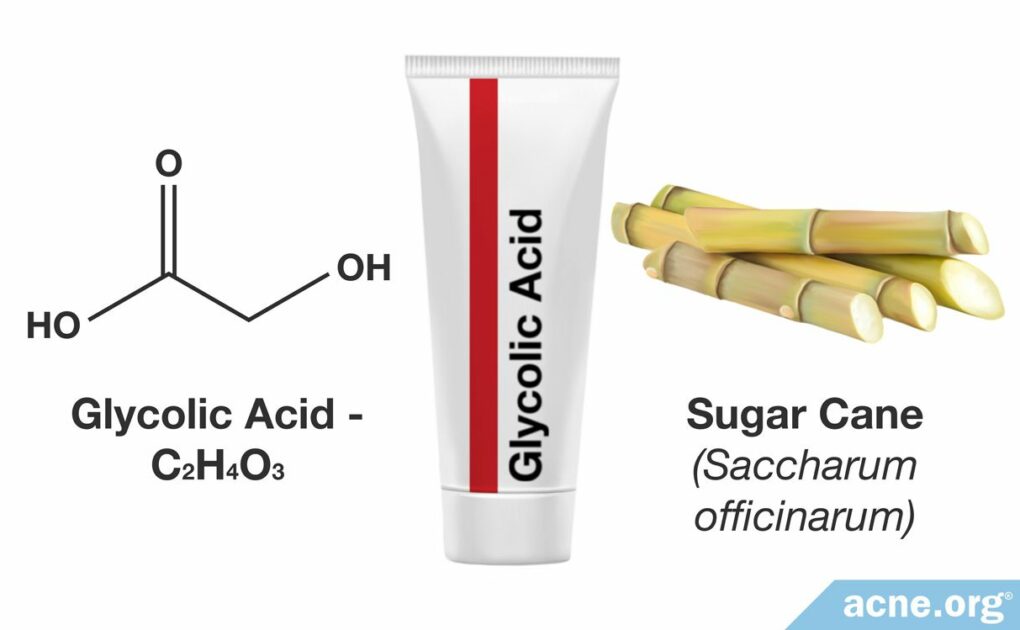Naturally Occurring Acid Which Powerfully Exfoliates

The Essential Info
Glycolic acid gently yet powerfully exfoliates the skin, helping to unclog pores and reduce acne, particularly when used alongside other acne treatments.
It also evens out skin tone and makes the skin look fresher within days after you begin using it, which is a secondary fun part.
You can use glycolic acid over-the-counter in up to 10% strength, which is what we will focus on in this article. If you’re interested in higher strengths of glycolic acid to treat your acne and/or to improve acne scars, you can read about professionally-administered glycolic acid peels here.
Uses:
- All Over Treatment: Add a 10% glycolic acid product to The Regimen after 1 month to insure reliably and completely clear skin. Because it is so powerful, use it only every other night at full strength, or mix it 1/2 and 1/2 with Acne.org Moisturizer every night. DO NOT use it every day at full strength.
- Body Acne: The combination of benzoyl peroxide + glycolic acid represents a powerful arsenal against body acne.
- Spot Treatment: If you see a zit start appearing, apply some benzoyl peroxide on the spot, wait for it to dry, and then apply a bit of glycolic acid. The combination is often strong enough to prevent the zit from forming. [Note: Putting an ice cube in a Ziploc-type bag and icing the emerging pimple twice a day for 5 minutes is hugely helpful as well.]
- Combatting Irritation: Physical irritation of the skin, like when a face mask rubs against the skin during sports, can lead to a breakout. Applying glycolic acid to physically irritated areas of the skin can help prevent a breakout in those areas.

The Science
- Evidence that Glycolic Acid Works
- All Over Treatment
- Body Acne
- Spot Treatment
- Combatting Irritation
- Important Notice! Glycolic acid is powerful.
Evidence that Glycolic Acid Works
Many of us here at Acne.org have known for years that glycolic acid helps keep us clearer. Finally, the scientific community is backing us up:1-9
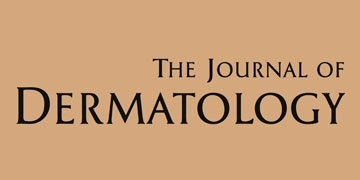
According to a 2012 article in The Journal of Dermatology “… experiments performed by Atzori et al. and by our group showed significant improvement of inflammatory eruptions from the first application.”1
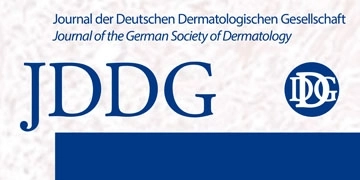
According to a 2012 article in the Journal of the German Dermatological Society “… Patients assess their skin as more tensile, firmer, smoother and more youthful looking after the use of AHA containing products. For mild acne, the efficacy has been proven by double-blinded, placebo-controlled randomized clinical trials.”2
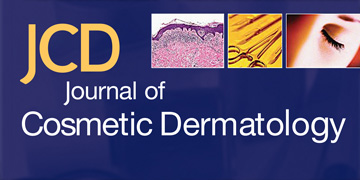
A 2011 study published in the Journal of Cosmetic Dermatology tested a product containing 10% glycolic acid on 120 patients with mild acne. The patients experienced improvement in acne symptoms after 45 days of treatment, with additional improvement after 3 months of daily use.3

Another study published in the Journal of Cosmetic Dermatology in 2021 tested a product containing 10% glycolic acid on 15 female volunteers. The researchers found that applying glycolic acid to the skin once a day for a month reduced post-inflammatory hyperpigmentation (red or dark spots that may remain on the skin after acne lesions have healed).4
All Over Treatment
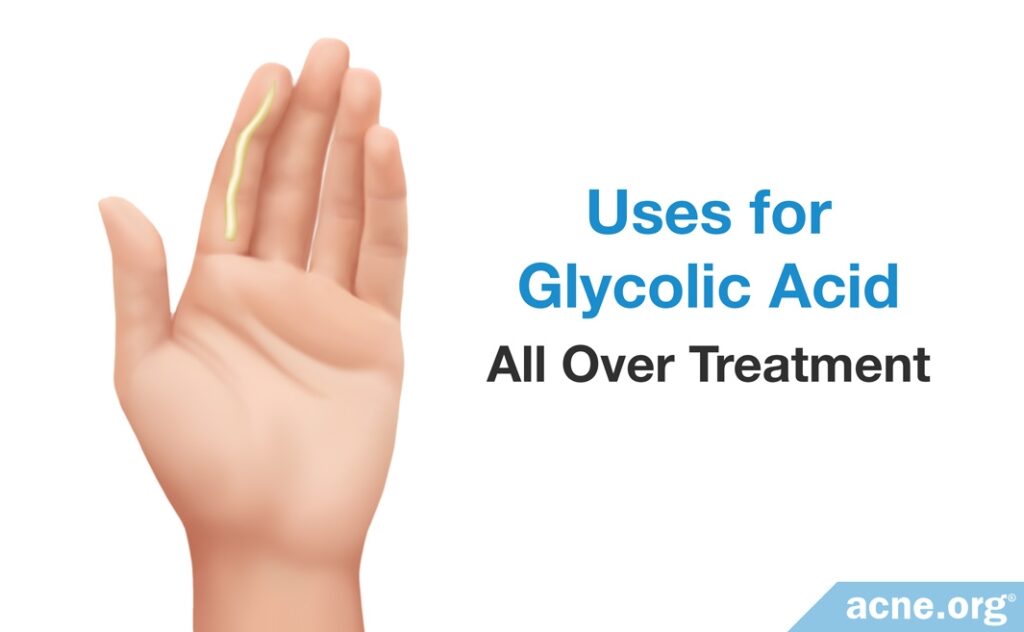
Glycolic acid can take The Regimen to the next level, helping you to achieve even more reliably clear skin.
After you’ve been on The Regimen for at least 1 month, try using glycolic acid in place of your usual nightly moisturizer every 2-3 days. Alternately, mix an equal amount of glycolic acid and moisturizer in your palm and apply this way every night. Remember, glycolic acid is powerful, so DO NOT use it at full strength every day.
Flakiness control: If you are on The Regimen and are having problems with flaky skin, adding in glycolic acid as outlined above will completely eliminate flakes.
How Much to Use: Use a thin line when applying to the face. More than this and it may sting too much.
Body Acne
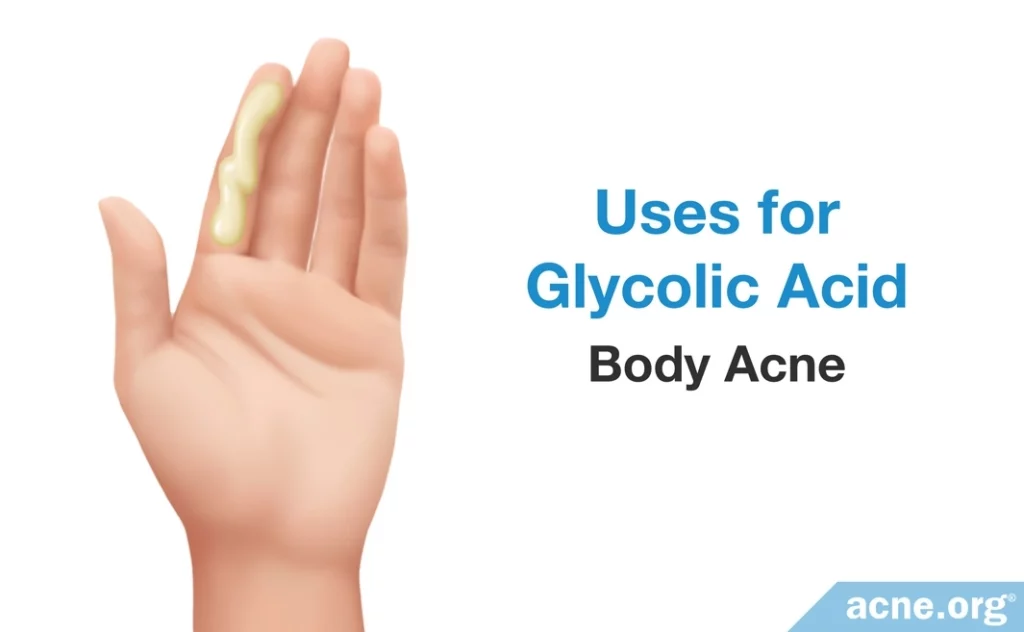
The one-two punch of benzoyl peroxide and glycolic acid works brilliantly at treating the more stubborn skin of the back/body and back of the neck.
How Much to Use: Be generous when treating your body.
Spot Treatment
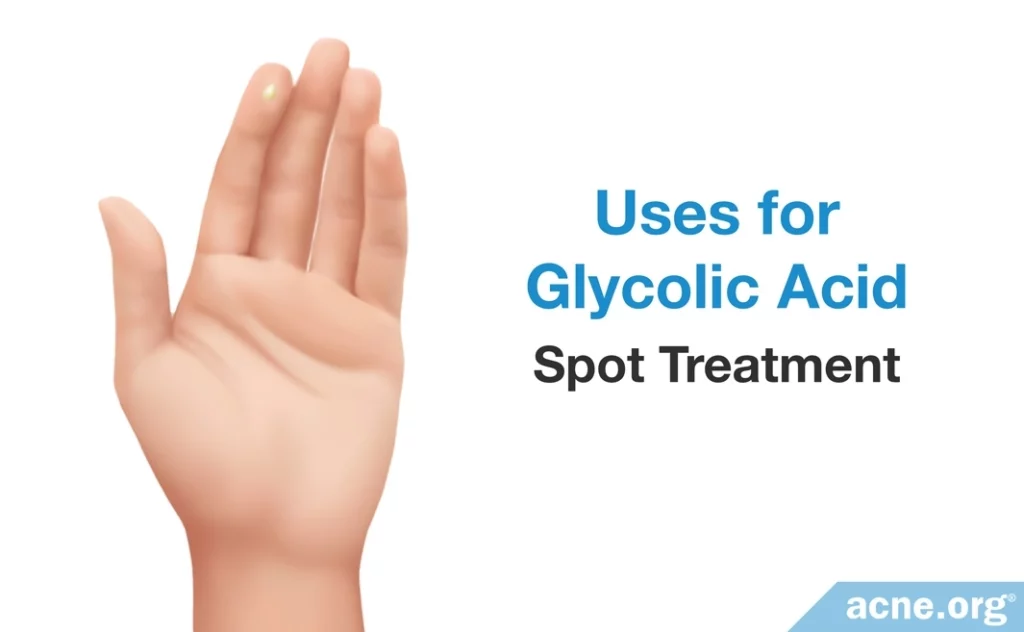
If you see a zit forming, try blasting it with 10% glycolic acid after you have applied 2.5% benzoyl peroxide and allowed it to dry. Many people find that this prevents the zit from maturing. Keep in mind that the way this works best is if you catch it very early.
How Much to Use: Use a tiny amount.
Combatting Irritation
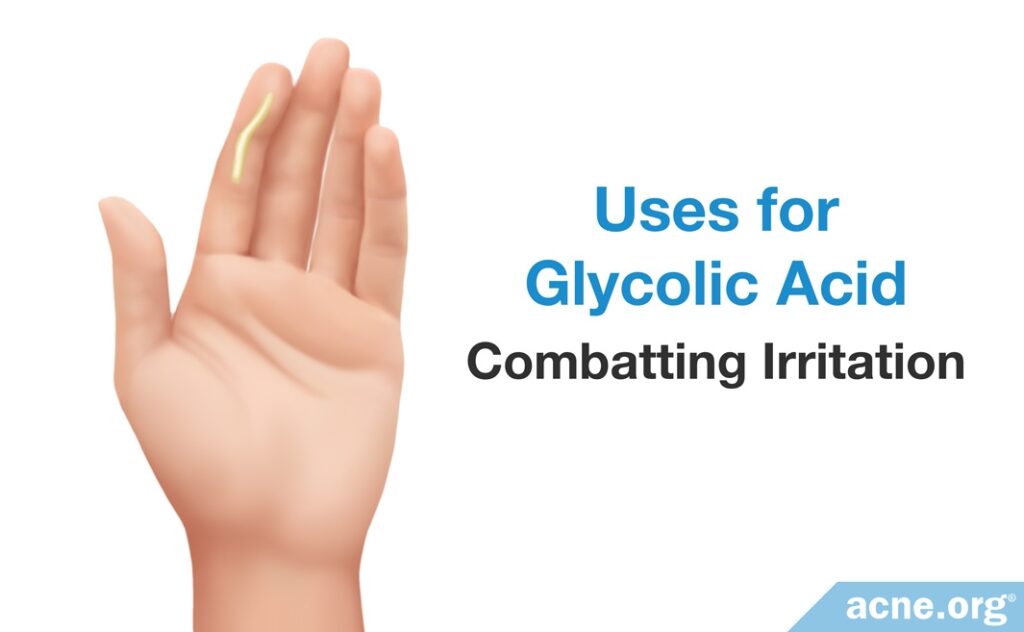
When anything rubs against the skin repeatedly, such as a chin strap or baseball cap for example, it irritates the skin and can cause a breakout. Attempt to avoid or reduce irritation when possible. If you do end up irritating your skin, you may find that applying glycolic acid after your next Regimen application can help prevent an irritation-induced acne flare up.
How Much to Use: The amount varies depending upon how large of an area is irritated.
Important Notice! Glycolic acid is powerful.
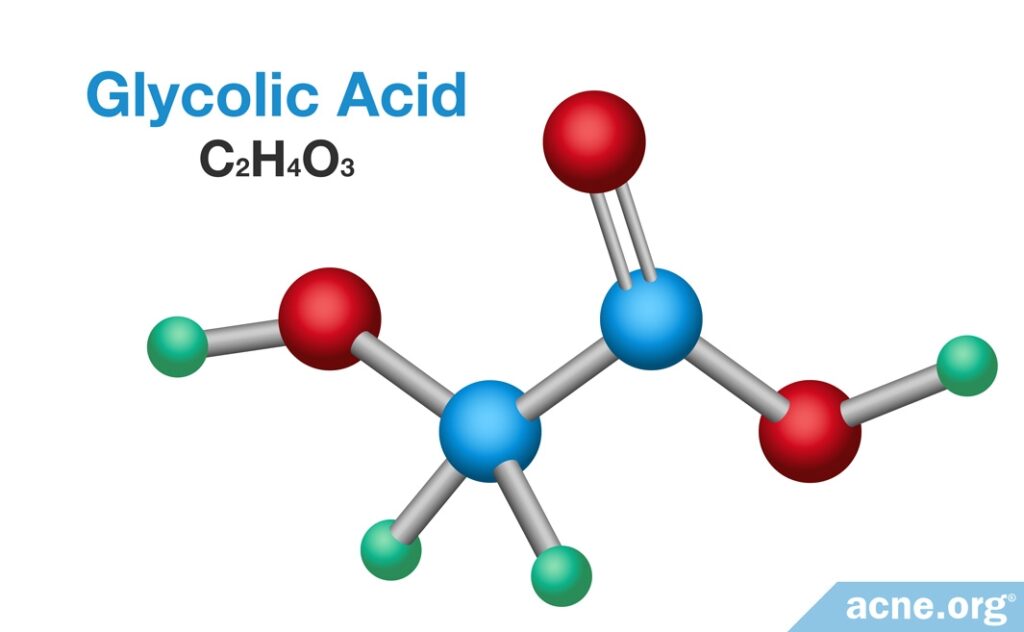
All AHAs, including glycolic acid, may increase your skin’s sensitivity to the sun and particularly the possibility of sunburn. Use a sunscreen and limit sun exposure while using glycolic acid and for a week after discontinuing its use.
Do not use glycolic acid until you have been on The Regimen for 3-4 weeks. It can produce a severe sting if you use it at the onset of a benzoyl peroxide regimen.
And finally, even though it will feel fun to use glycolic acid, make sure not to overdo it. It is very powerful, so DO NOT use it every day at full strength on sensitive areas of your body like your face and the front of your neck. If you are using it at full strength, use it no more than once every other day.
References
- Takenaka, Y., Hayashi, N., Takeda, M., Ashikaga, S. & Kawashima, M. Glycolic acid chemical peeling improves inflammatory acne eruptions through its inhibitory and bactericidal effects on Propionibacterium acnes. J. Dermatol. 39, 350-354 (2012). https://www.ncbi.nlm.nih.gov/pubmed/21950544
- Babilas, P., Knie, U. & Abels, C. Cosmetic and dermatologic uses of alpha hydroxy acids. J. Dtsch. Dermatol. Ges. 10, 488-491 (2012). https://www.ncbi.nlm.nih.gov/pubmed/22916351
- Abels, C. et al. A 10% glycolic acid containing oil-in-water emulsion improves mild acne: a randomized double-blind placebo-controlled trial. J. Cosmet. Dermatol. 10, 202-209 (2011). https://pubmed.ncbi.nlm.nih.gov/21896132/
- Houshmand, E.B. Effect of glycolic acid, phytic acid, soothing complex containing Emulsion on Hyperpigmentation and skin luminosity: A clinical evaluation. J. Cosmet. Dermatol. 20, 776–780 (2021). https://pubmed.ncbi.nlm.nih.gov/33458927/
- Kempiak, S. & Uebelhoer, N. Superficial chemical peels and microdermabrasion for acne vulgaris. Semin. Cutan. Med. Surg. 27, 212-220 (2008). https://www.ncbi.nlm.nih.gov/pubmed/18786500
- Aztori L, Brundu, M. A., Orru, A. & Biggio, P. Glycolic acid peels in the treatment of acne. J. Eur. Acad. Dermatol. Venereol. 12, 119-122 (1999). https://www.ncbi.nlm.nih.gov/pubmed/10343939
- Kornhauser, A., Coelho, S. & Hearing, V. Applications of hydroxy acids: Classifications, mechanisms, and photoactivity. Clin. Cosmet. Investig. Dermatol. 3, 135-214 (2010). https://www.ncbi.nlm.nih.gov/pmc/articles/PMC3047947/
- Kessler E, Flanagan, K., Chia, C., Rogers, C. & glaser, D. A.. Comparison of Α- and Β-hydroxy acid chemical peels in the treatment of mild to moderately severe facial acne vulgaris. Dermatol. Surg. 34, 45-50 (2008). https://www.ncbi.nlm.nih.gov/pubmed/18053051
- Ilknur T, Demirtasoglu, M., Bicak, M. U. & Ozkan, S. Glycolic acid peels versus amino fruit acid peels for acne. J. Cosmet. Laser Ther. 12, 242-245 (2010). https://www.ncbi.nlm.nih.gov/pubmed/20825257
 Acne.org Products
Acne.org Products